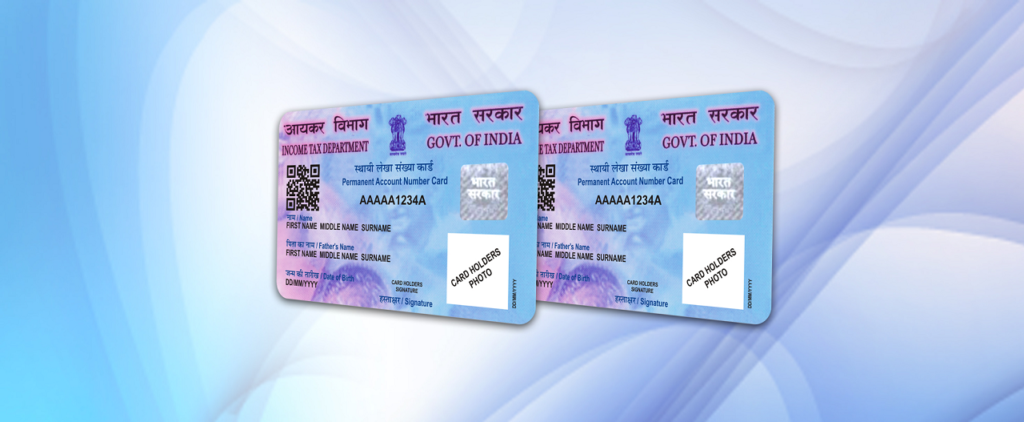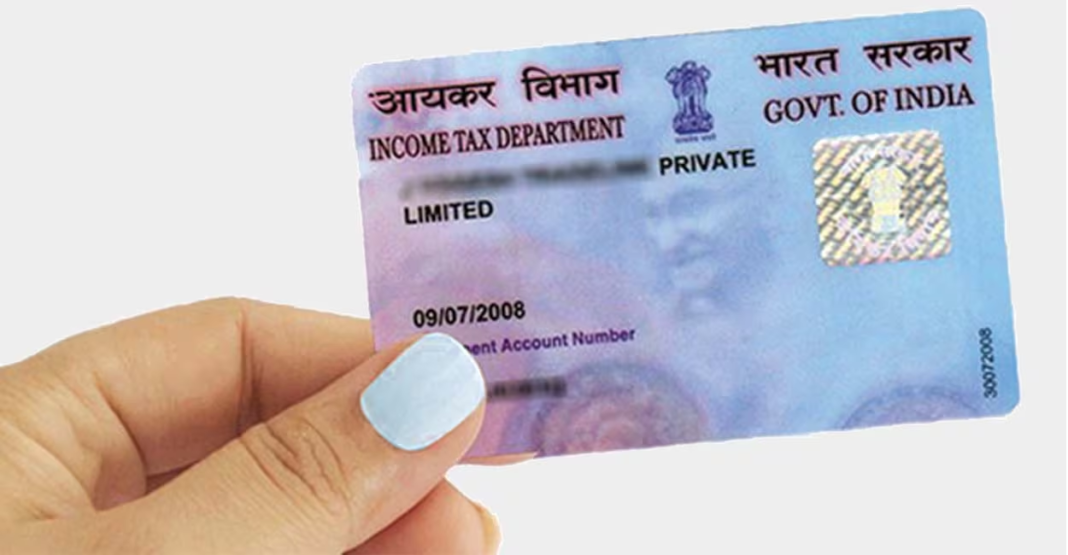What Is PAN Card
PAN stands for Permanent Account Number and is used to recognize individual taxpayers in the nation. A Pan Card is a ten-digit unique identification number (including both alphabet letters and numerals) given to citizens in India, primarily those who pay income tax.

The PAN recognition mechanism is a digital program that issues a unique identifier to each Indian tax-paying individual. All tax-related data for an individual is registered under a unique PAN identity, and this serves as the primary identifier for data storage. Because this is issued throughout the country, no two persons in tax-paying slabs can have identical PAN.
Application for PAN Card
An application for a PAN Card can be made online at one of the following websites:
UTIITSL
Protean eGov Technologies Limited (previously known as NSDL)
Individuals may even submit applications for PAN physically at one of the many PAN agents at the local level. Anyone may request a fresh Pan Card and also make corrections or changes to an existing one. When anyone loses your PAN Card, they can even obtain a copy or reissue the card.
Indian nationals and NRIs (including corporations, NGOs, partnership firms, municipal authorities, charities, and so on) must complete Form 49A to acquire a fresh PAN. Form 49AA is required for foreigners and foreign companies. These applications must be sent to the Income Tax PAN Services Unit, together with any appropriate PAN papers.
The following papers are necessary to apply for a PAN card:
- The Aadhar card
- Voter identification card
- Passport
PAN Card Number Generation
To prevent problems with PAN cards, it is critical to complete the form correctly.
The Permanent Account Number (PAN) is a ten-digit unique identification number provided by the Income-tax Department. To understand how a PAN number is generated let us take an example of PAN card number ALWPG5809L, here,
The first 3 letters of the first 5 indicate the alphabetical sequence going between AAA to ZZZ. The 4th letter of PAN reflects the PAN recipient’s status.
- The letter “A” refers to an Association of Persons (AOP)
- The letter “B” represents Body of Individuals (BOI),
- The letter “C” for Company,
- The letter “E” for Limited Liability Partnership.
- The letter “F” stands for Firm
- The letter “G” stands for Government Entity
- The letter “H” represents Hindu Undivided Family (HUF)
- The letter “J” stands for Artificial Juridical Person
- The letter “L” represents Local Authority
- The letter “P” stands for Individual
- The letter “T” stands for Trust
In the event that it is a person, the 5th letter of PAN reflects the initial letters of the PAN holder’s last name/surname. The 5th letter indicates the initial letter of the PAN holder’s name in the case of non-individual PAN cardholders.
The subsequent 4 digits are numerals ranging between 0001 to 9999. The 10th letter is an alphabetical check number. The confluence of all of the aforementioned elements provides the PAN its distinct individuality.
Use of PAN Card
Apart from filing Income Tax, a PAN Card may be useful in the following cases:
- Identification Proof
- Income Returns
- Make a claim on your tax returns
- Opening a bank account
- For Property transactions
- Obtaining a mortgage or loans
- Fixed-term deposits
- Document for Connections for telephones
- Purchasing jewelry
- Foreign Currency/ exchange trade
- In order to make an investment
- Acquisition of commodities
Also Read: How to Link Aadhaar with Pan Card Online Step-by-Step

